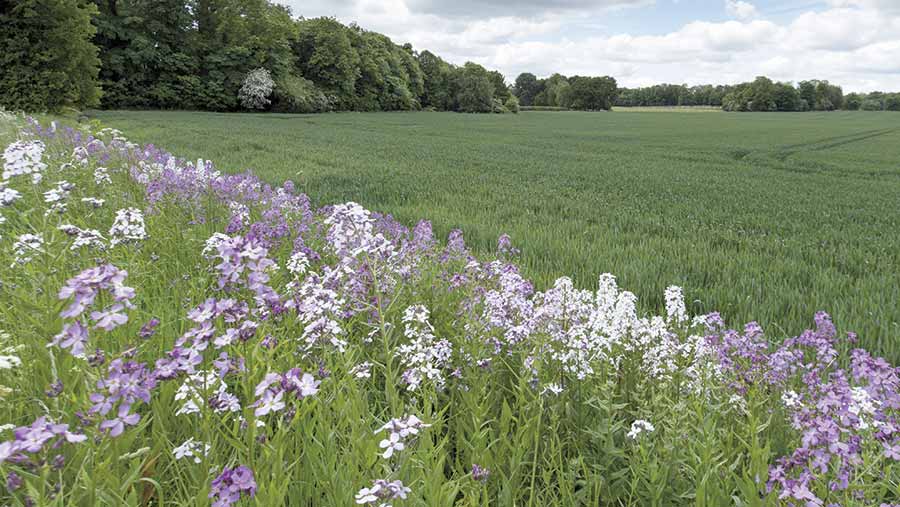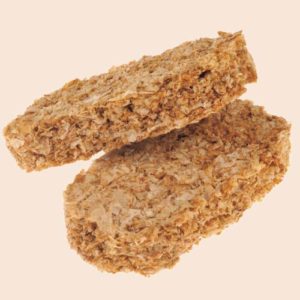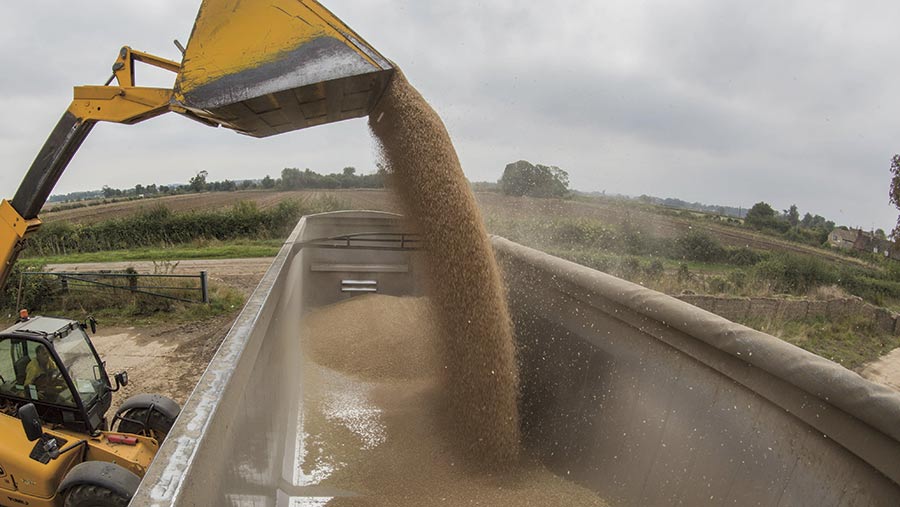How growers produce wheat to make Weetabix
 © Tim Scrivener
© Tim Scrivener Growing high-quality wheat for one of Britain’s leading breakfast cereal manufacturers is allowing a Suffolk farming business to earn a premium in return for meeting certain standards.
As a member of the Weetabix Growers Group, Thurlow Estate Farms is entrusted to produce some of the local wheat required by the company to produce the nation’s favourite breakfast cereal, a process which takes place at its Burton Latimer factory in Northamptonshire.
See also: Behind the Brand: Meet the farmer growing oats for Quaker
In return, the 4,800ha farm has committed to meet the provenance, food quality, safety and environmental standards agreed with Weetabix, so both parties can share in the success best practice has to offer.
Supply agreement
As farms director Andrew Crossley explains, having a commitment to deliver about 2,500t of wheat each year through a dedicated supply agreement has encouraged him to maintain a dialogue with Weetabix.

Andrew Crossley
This allows him and other grower group members to develop an understanding of their requirements, so any issues can be addressed either before or as they arise.
“It’s a two-way flow of information,” he stresses. “The grower group meets with Weetabix representatives up to four times a year, when all their safety, quality and traceability needs are discussed and the growing protocol is developed accordingly.
“Along with Gleadell and Fengrain, we all work together to ensure that we deliver what they want. It’s a very collaborative approach.”
For Thurlow Estate Farms and other members of the Weetabix Growers Group, that may have implications for the way that the crops are grown. There are specific requirements for sulphur applications and mycotoxin management, for example, as well as essential environmental standards.
In addition, a central part of the agreement is that all the grain supplied has to be grown within a 50-mile radius of the Weetabix factory.
However, none of it is too onerous for professional growers, says Mr Crossley, who points out that the Red Tractor assurance scheme forms the basis of the protocol and that the grain has to travel directly to Weetabix from the farm’s storage facilities, not via a central store.
Variety choice
When it comes to drilling, all Group 3 and 4 wheat varieties are acceptable, providing they are on the AHDB Recommended List.
For Mr Crossley, the need to meet a specific weight requirement of above 72kg/hl is the main consideration when it comes to choosing varieties.
“There are some Group 4 varieties that struggle to reach that in certain years,” he points out. “So we look for those with a good specific weight.”
The need to keep mycotoxin levels below EU limits means he has to be prepared to use a late season T3 fungicide to prevent fusarium infection.
“Anyone with maize in the rotation could run into difficulties with this part of the protocol, but that isn’t an issue here,” he says.
Likewise, a very wet spell at flowering is a threat. “We must be aware of the mycotoxin issue and have a plan to deal with it – after all, the grain is destined for human consumption.”
Weetabix
Weetabix buys 100,000t of British wheat direct from farm each year from a pool of about 300 approved growers, all of which are within a 50-mile radius of the Burton Latimer factory.
Two grain merchants – Gleadell (see ‘Gleadell’s role’, below) and Fengrain – are involved, helping the system to function and keeping a local, iconic brand supplied with wheat.

© Geoff Moore/REX/Shutterstock
To this end, the Weetabix Protocol was developed to tighten and secure the supply chain, explains the company’s strategic sourcing manager Hitesh Bhatia, something which is critical for any brand in today’s market.
“There are three areas of focus – provenance, food quality and safety and the environment – and the protocol covers 12 main points,” he says.
While these are all important, things do change and evolve, acknowledges head of quality and compliance, Keith Turnbull, with the demise of Entry Level Stewardship (ELS) being a good example.
“Previously, all our growers had to be in ELS or better to show they were environmentally aware,” he reports.
“But with the change in regulations, there is concern that they won’t all get into Countryside Stewardship, through no fault of their own.”
So for 2017, the Weetabix Protocol is being amended so that the growers have to maintain the standards of ELS, to show their commitment.
Likewise, sulphur applications to crops are included for their importance in keeping asparagine levels down, as the protein can affect the factory’s processing capability, he explains.
“Part of the protocol is growers either have to apply 50kg/ha of sulphate in the spring or use tissue testing to check for the exact requirement.”
Gleadell’s role
A dedicated supply chain is essential for getting local wheat of the right standard to such a well-known brand, explains Dan Sedgwick, wheat trader with Gleadell.
Started in 2010, the Weetabix Growers Group is all about producing quality crops under a sustainable regime, so consumer demand for traceability and environmental care is being met and the grower is being rewarded with a £3/t premium, he adds.

© Tim Scrivener
All of the criteria that are so important to Weetabix are checked when a new grower joins the group, with further assessments being made throughout the growing season.
“Compliance is important, especially with food safety issues,” he says.
“Having this type of relationship means that there is flexibility where it is needed as well as benefit for all parties involved, which is why it has developed over the years.”
Gleadell helps the supply chain to function by linking growers to the end user, offering risk management and marketing opportunities, with an efficient service, notes Mr Sedgwick.
“We’re all part of the production of a healthy and trusted product, which is made with British wheat. It’s good news for all involved.”

